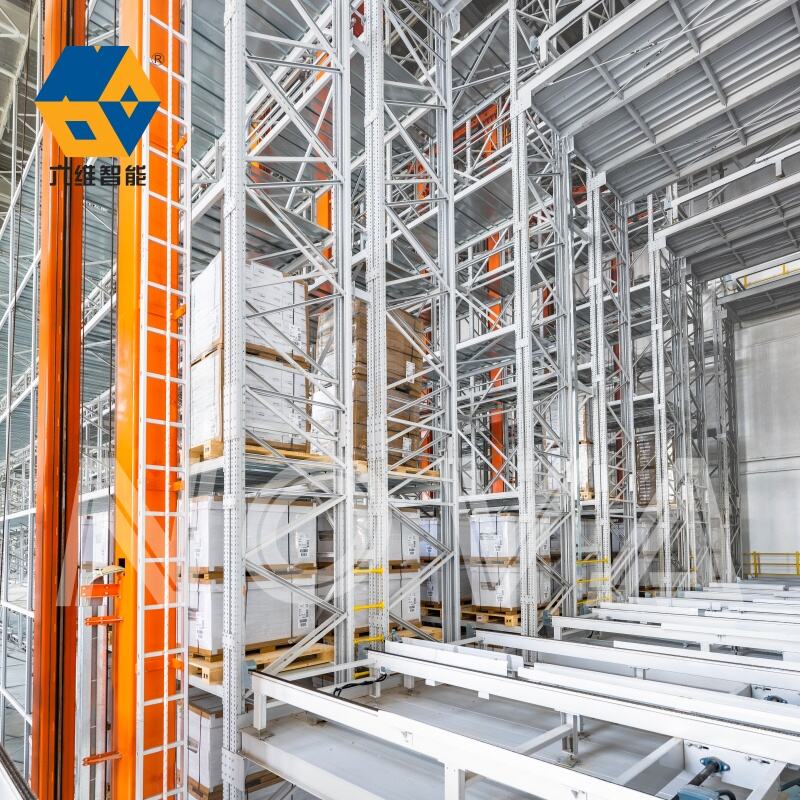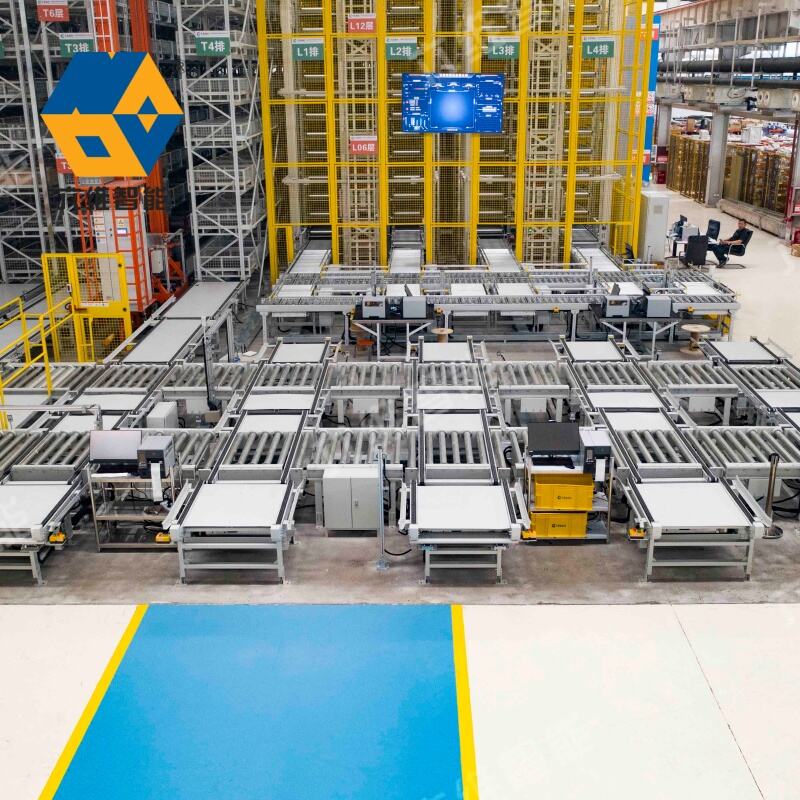double deep racking system
Double deep racking systems represent an advanced warehouse storage solution that maximizes vertical space utilization by allowing pallets to be stored two deep on either side of an aisle. This innovative storage system effectively doubles the storage density compared to traditional single-deep racking, making it an ideal choice for facilities dealing with high-volume inventory management. The system consists of specialized support beams, frames, and rails that accommodate the placement of pallets in a two-deep configuration, accessed by specialized reach trucks equipped with telescopic forks. These forks can extend to reach the second pallet position, enabling efficient storage and retrieval operations. The system's robust engineering ensures structural integrity while handling substantial load capacities, with built-in safety features to prevent accidents during pallet placement and retrieval. Modern double deep racking systems often incorporate advanced inventory management software that tracks pallet positions and optimizes storage locations based on product turnover rates. This technology-driven approach ensures efficient space utilization while maintaining accessibility to stored goods.


